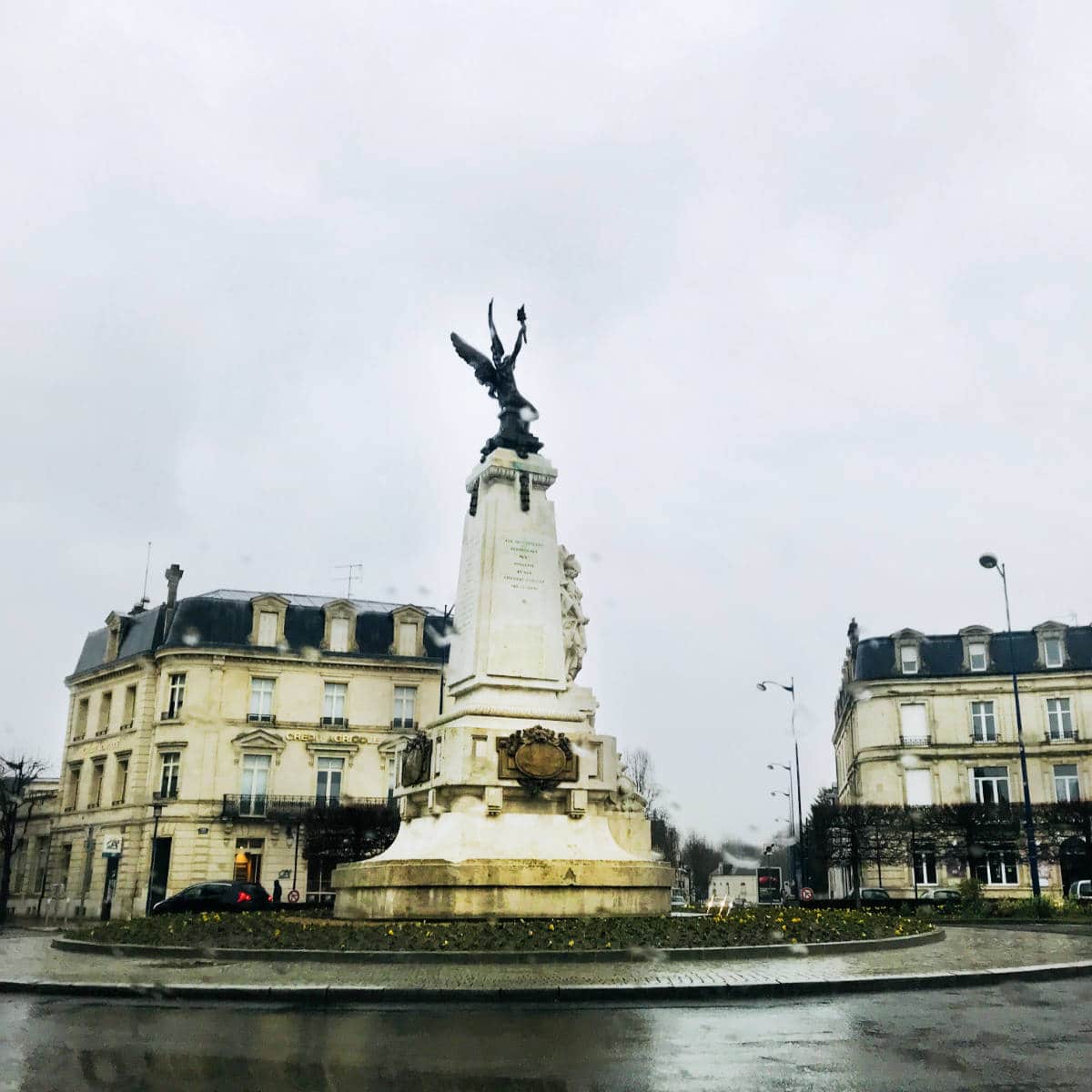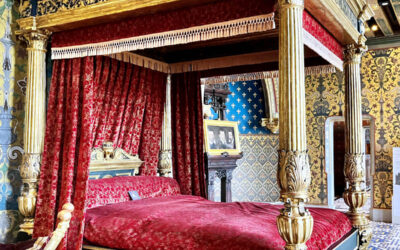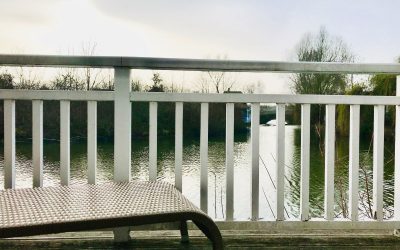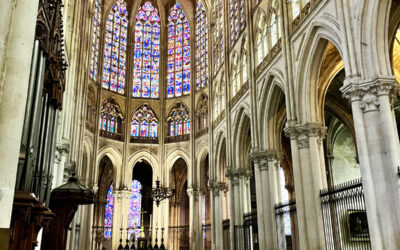The small town of Soissons in historic province of Picardy is not one attracts a lot of notice. Located about 95km outside of Paris, it is however one of the oldest cities in France.
Records show that this was first a Gallic settlement. The name comes from the Celtic tribe that lived here, the Suessiones. These days, it is a quiet town that doesn’t attract a lot of visitors, but if you are a history buff, you may enjoy a trip to this ancient city.
History of Soissons
The town of Soissons is historically famous for having been the first capital of the Franks (France), after Tournai, a town that is now in Belgium. Its importance came from its location on the river Aisne, a natural junction point between the regions of Picardy, Champagne, and Ile de France.
It was a strategic location, much fought over by Caesar and his Roman armies and the Gallic tribes, and later becoming an important city in the Frankish Empire. (The Parc Asterix theme park where Asterix and Obelix fight the dastardly Romans, is not far away from Soissons.)
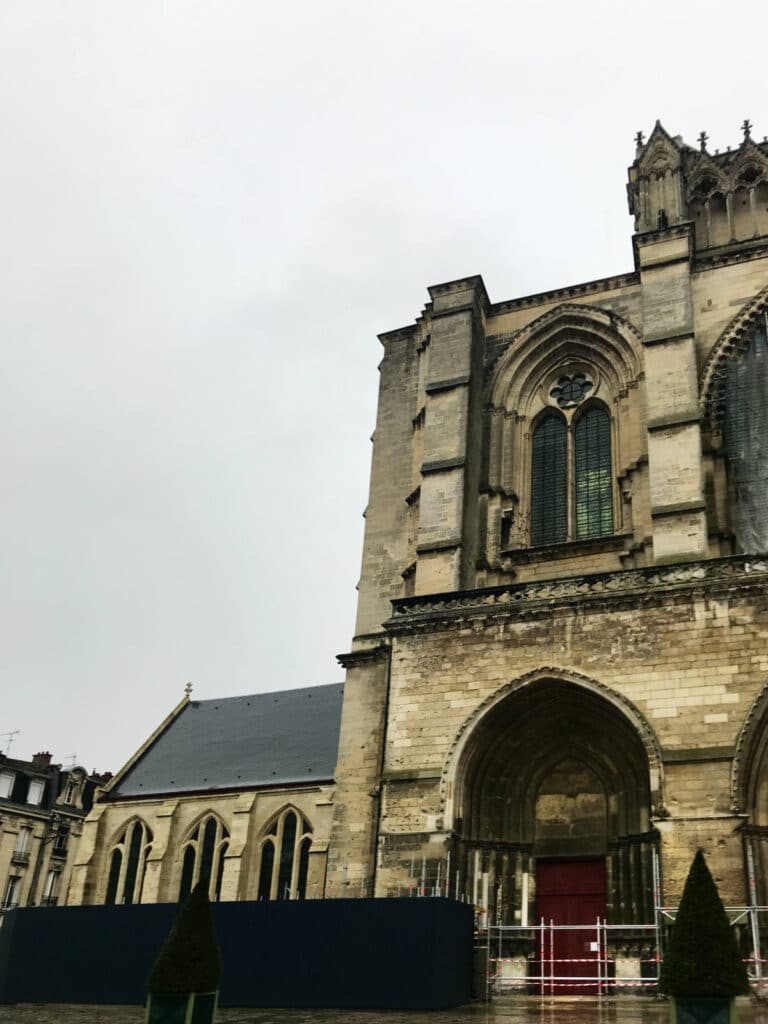
It became part of a “rump state” of the Romans, known as the Kingdom of Soissons in 457AD, under Roman Emperor Majorian in the 5th century.
Clovis, the first King of the Franks, seized the town in 486 AD, and it became part of his kingdom. When he died, he split his territory between his 4 sons:
- Theuderic I – capital at Reims,
- Chlodomer – capital at Orléans,
- Childebert I – capital at Paris,
- Chlothar I at Soissons.
As a tribute to Clovis and his descendants, his symbol the fleur de lys (which became a symbol France and of the monarchy) continues to be symbol of the city of Soissons.
It’s location on the Aisne river ensured that several battles were fought in and around Soissons. From Hugh Capet in 987AD, the 100 Years’ War in the 14-15th century between the English and French, and then the Wars of Religion in the later 16th century, several decisive battles took place in the area.
In WWI, the strategic importance of Soissons came once again to the forefront. Soissons held strategic importance due to its close proximity to Paris, which made it a last line of defense before reaching the capital.
Things to do in the area
1. Cathedral of Saint-Gervais and Saint-Protais
Known as Soissons Cathedral, the cathedral is the seat of the Bishop of Soissons. A christian diocese existed here since the 4th century, although the exact address of that first church is unclear.
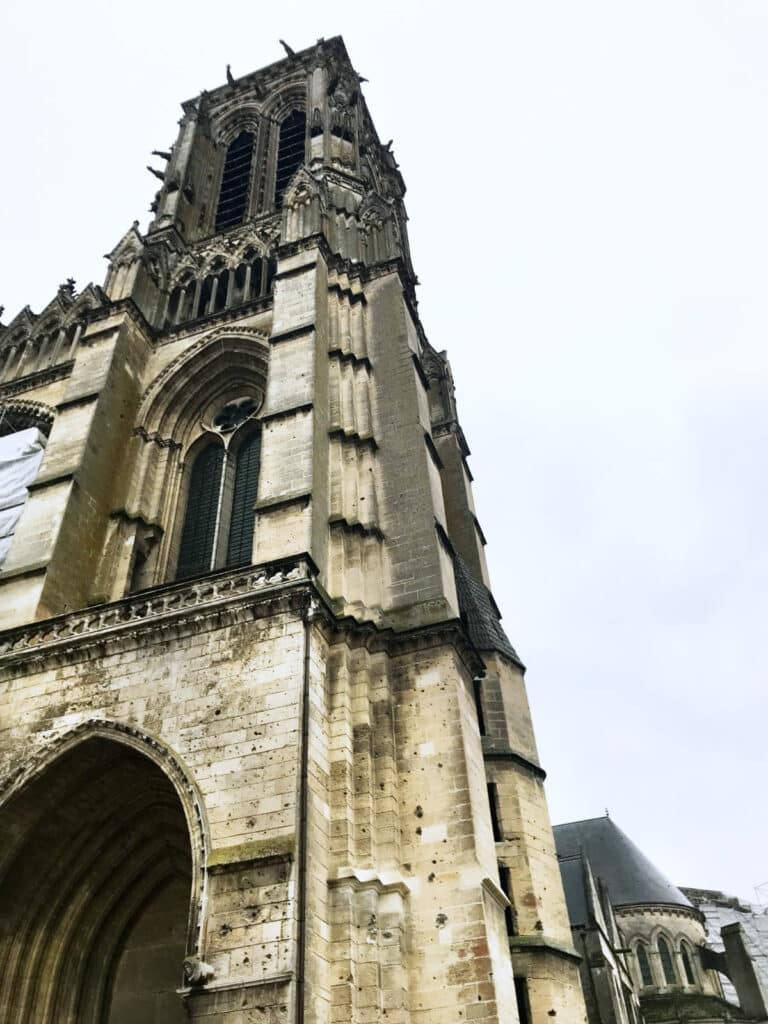
The current cathedral sits on a site where a church has existed since the 9th century. The cathedral is similar in architecture to Notre Dame de Paris and the other great cathedrals around France which started construction at around the same time.
It suffered greatly during the various wars it has witnessed, but has mostly been restored today.
2. Abbey of St. John of the Vines
There is not much left of the Abbey of St. John of the Vines, but it is an impressive sight nonetheless. The abbey was founded on St. John’s hill in 1076 in a style called “Romanesque”.
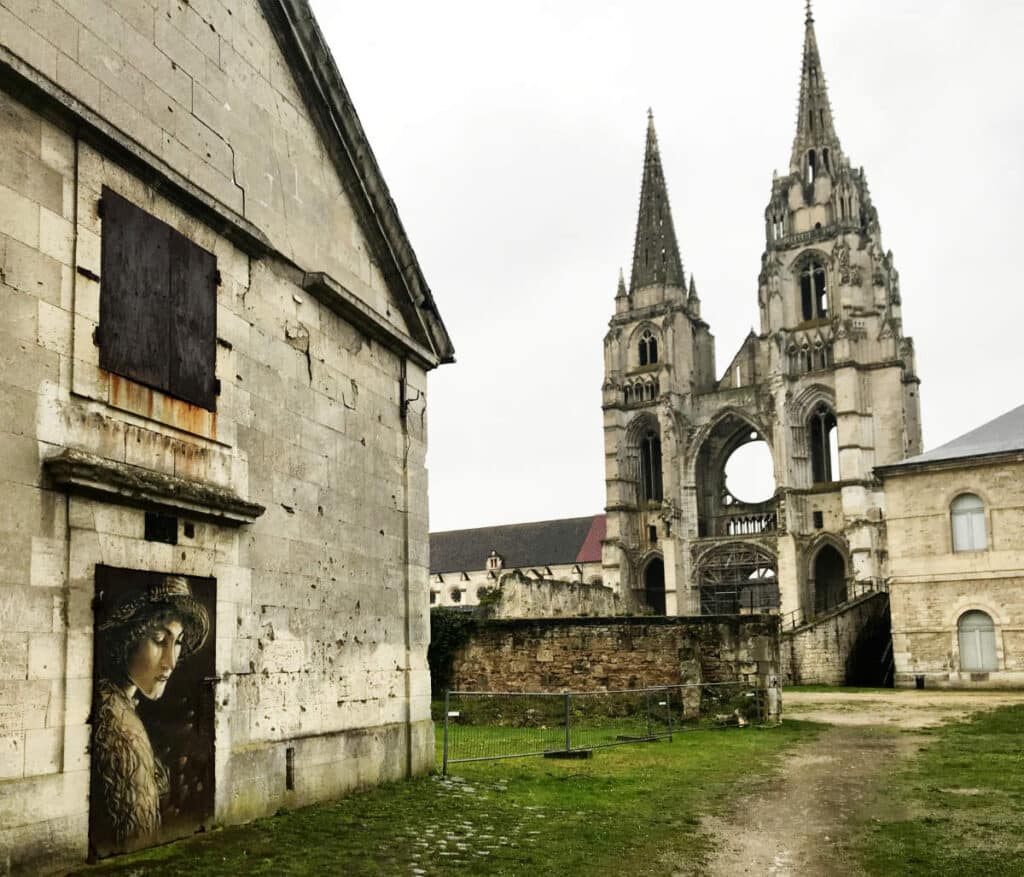
In 1567, the Protestant Huguenots commanded by the Prince of Condé (from the House of Bourbon, a cadet branch of the Royal family) seized Soissons by surprise. The abbey was ransacked and transformed into a stable.
Some restoration occurred, but the abbey was destroyed again during the French revolution. It now sits as a historic monument, albeit a ruin, owned by the City of Soissons.
3. Chemin des Dames
A few miles outside of Soissons lies a road that is called the “Chemin des Dames”, meaning “Road of the ladies”. It was named after the daughters of King Louis XV, Mesdames Adelaïde and Victoire who used the road to head to their home in Château de la Bove.
Today the Chemin des Dames ridge is remembered for a series of deadly battles that took place here during WWI. The ridge had been quarried for stone for centuries, leaving many caves and tunnels which were used as shelters by German troops to escape bombardment.
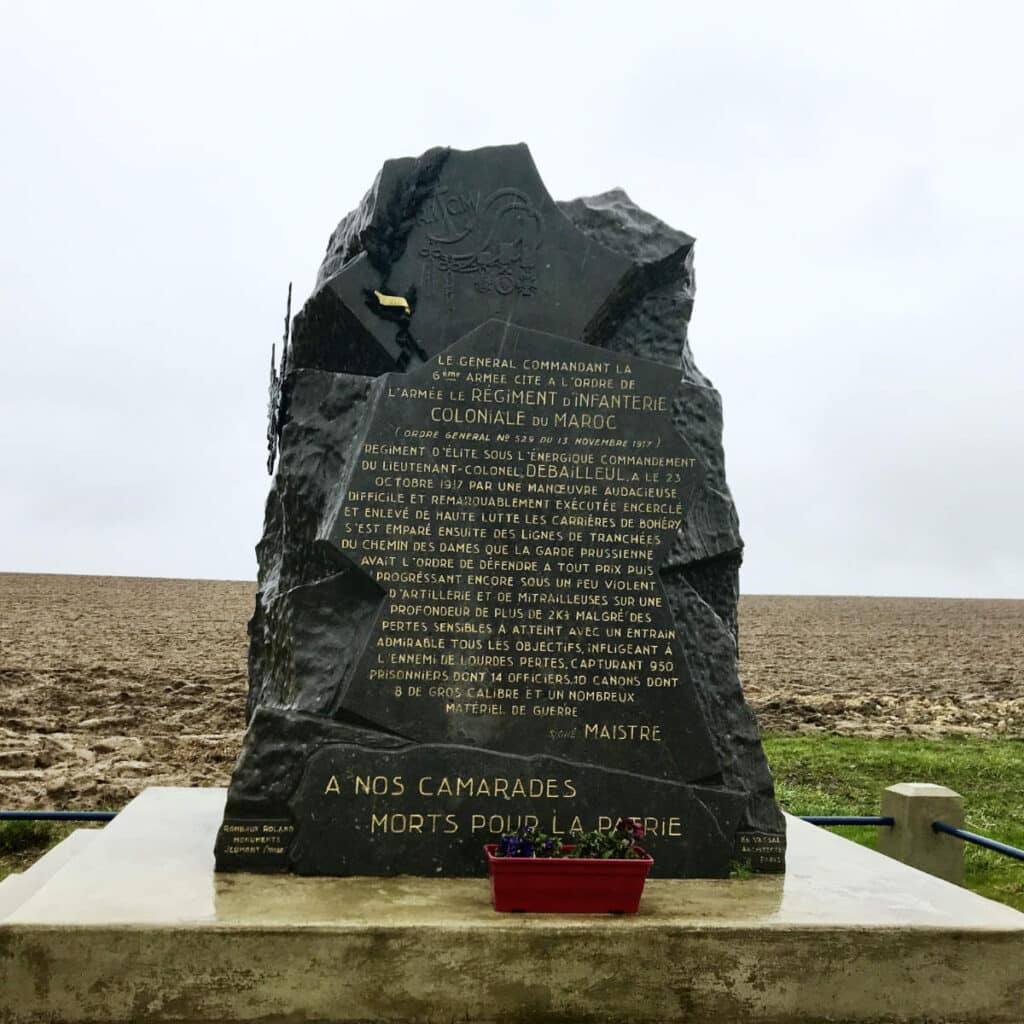
Soldiers were entrenched here in bloody warfare throughout much of the war, to try to stop the German advance on Paris with limited success. There were three major battles in the area:
- 1st Battle of the Aisne (1914) – Allied counter-offensive following the First Battle of the Marne.
- 2nd Battle of the Aisne (1917) – in 12 days of battle, there were 271,000 French casualties and 163,000 Germans casualties.
- 3rd Battle of the Aisne (1918) – the German spring offensive.
The 2nd battle of the Aisne in 1917 was considered a loss for French forces and had a traumatic effect on the morale of the French army. Many soldiers mutinied and were killed.
French and Allied troops would eventually beat back the Germans along the Chemin des Dames in October 1918, just before the end of WWI. Today, there are numerous French, German, and British war memorials and cemeteries all along the chemin.
4. St Ledgar’s Museum of Art and History
The Museum of St. Ledgar is located in the former Saint-Léger Abbey. It holds testimony about the history of Soissons, from the rooms of archaeology, paintings and statues.
The archeology rooms go through the evolution of the settlement of the Aisne Valley from the Neolithic period to the High Middle Ages. The Beaux Arts section covers the paintings and precious objects that the museum has in its possession, given to it by benefactors such as the Rothschild family.
The collections suffered during the 1914-1918 war, and were moved here in 1933. The museum recently underwent a renovation and now welcomes visitors all week long, except for Mondays. (Note the museum closes at lunchtime.)

How to get to there?
You can get to Soissons easily from Paris by train. The TER train goes directly from Gare Paris Nord. You can also get there by car, Soissons is about 60 miles (95km) away from Paris.
How many days should you spend?
A day is probably enough to spend in Soissons. It is a small town and I would suggest visiting Soissons as a day trip from Paris, rather than staying there.
Where should you stay?
If you do choose to stay in Soissons, here are a couple of recommended hotels with good accessibility to all the sights.
- €€€ – Casa La Palma Le 48
- €€€€ – Best Western Plus Hotel des Francs

If you enjoyed that article, you may like to read about more day trips from Paris. A bientôt!
